Pages
Tutorials
Training a custom model
Sensor AI provides decentralized GPU resources (via Golem/iExec) to train AI models using your datasets. Pay with $SENSE tokens and avoid expensive cloud costs.
Step-by-Step Guide
Step 1: Upload Your Dataset
Step 2: Choose a Model Framework
Sensor AI supports:
Step 3: Configure Training Parameters
Step 4: Launch Training
Step 5: Evaluate & Deploy
Pro Tips
⚡ Start with a small subset to test hyperparameters.
📉 Use early stopping to save costs.
🤖 Fine-tune pre-trained models for faster results.
Want to print your doc?
This is not the way.
This is not the way.

Try clicking the ⋯ next to your doc name or using a keyboard shortcut (
CtrlP
) instead.